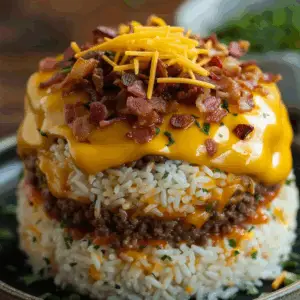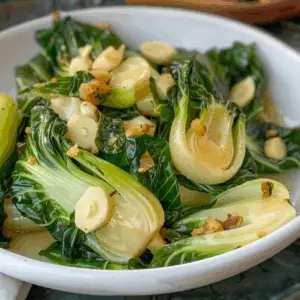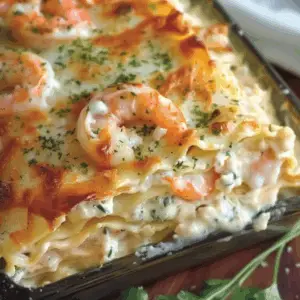There’s something undeniably comforting and elegant about a plate of chicken piccata. Known for its bright lemon butter sauce, briny capers, and golden chicken cutlets, this classic dish is an easy way to bring restaurant-quality flavor to your dinner table. Rooted in Italian-American cuisine, chicken piccata has become a go-to for home cooks looking for a fast yet flavorful meal.
Traditionally made with veal, the chicken version has surged in popularity due to its affordability and versatility. Today, it’s one of the most searched easy chicken recipes online. While simple in execution, achieving the right balance of zesty lemon, savory broth, and silky butter is key to mastering this dish. The sauce, delicate yet bold, complements a variety of sides from angel hair pasta to steamed vegetables. If you love dishes that combine bright acidity with rich, savory depth, this one’s for you.
Chicken piccata pairs beautifully with Mediterranean flavors and ingredients like olive oil, parsley, and garlic. If you’re a fan of Italian cuisine, you’ll appreciate how easily this dish fits into a broader dinner spread. Want to explore more traditional Italian favorites? Check out Italian cuisine on Wikipedia for a deeper dive into its delicious heritage.
One ingredient that stands out in this dish is the caper. These tiny green buds are pickled flower buds that pack a briny punch. If you’re unfamiliar with them, the Wikipedia page on capers offers insight into how they’re harvested and used around the world.
Chicken piccata isn’t just delicious—it’s quick, crowd-pleasing, and perfect for weeknights or weekend dinners with friends. Whether served with rice pilaf, roasted potatoes, or a crisp salad, this is a meal that always delivers.
What Makes a Great Chicken Piccata Recipe?
The magic of a truly great chicken piccata recipe lies in its balance of bold flavors and simple ingredients. While the dish may seem straightforward, the difference between an average and exceptional version comes down to key techniques and ingredient quality. A successful chicken piccata delivers crispy, pan-seared cutlets enveloped in a tangy, velvety lemon butter sauce that’s neither too sour nor too salty.
First, the chicken needs to be thin and evenly sliced. This ensures even cooking and prevents dryness. Many home cooks opt for boneless, skinless chicken breasts, sliced horizontally into cutlets. Dredging the chicken in a light coating of flour gives it a golden crust while helping the sauce cling to each bite.
The sauce—arguably the star—requires just a few essential elements: fresh lemon juice, chicken broth, and butter. While it’s tempting to use bottled lemon juice, using freshly squeezed lemons makes a noticeable difference in flavor. Curious about the fruit itself? Here’s more on the lemon’s culinary history.
Capers bring salty, briny depth to the sauce, contrasting beautifully with the citrus and butter. You can learn more about how capers are grown and preserved here. Their bold flavor elevates the dish, though olives or even chopped green peppercorns can be used as substitutes in a pinch.
A small addition that many overlook is lemon zest. While lemon juice adds tartness, the zest contributes bright, floral notes that make the sauce pop. A touch of garlic—sautéed just until fragrant—adds another layer of depth. Garlic has been prized for centuries for both its flavor and health benefits; see why it’s so widely used in world cuisines by visiting Wikipedia’s page on garlic.
Equally important is the type of fat used. Most recipes use a blend of olive oil and unsalted butter, giving the sauce richness without overpowering the other flavors. For best results, reach for a quality extra virgin olive oil to sauté the chicken.
Lastly, don’t underestimate the importance of balance. A great chicken piccata isn’t overwhelmingly lemony or greasy—it’s smooth, tart, and full of umami. It should leave you craving another bite, making it one of the best dishes for family dinners or date night at home. And if you’re in need of presentation ideas, check out some elegant lemon chicken dinner ideas on Pinterest.
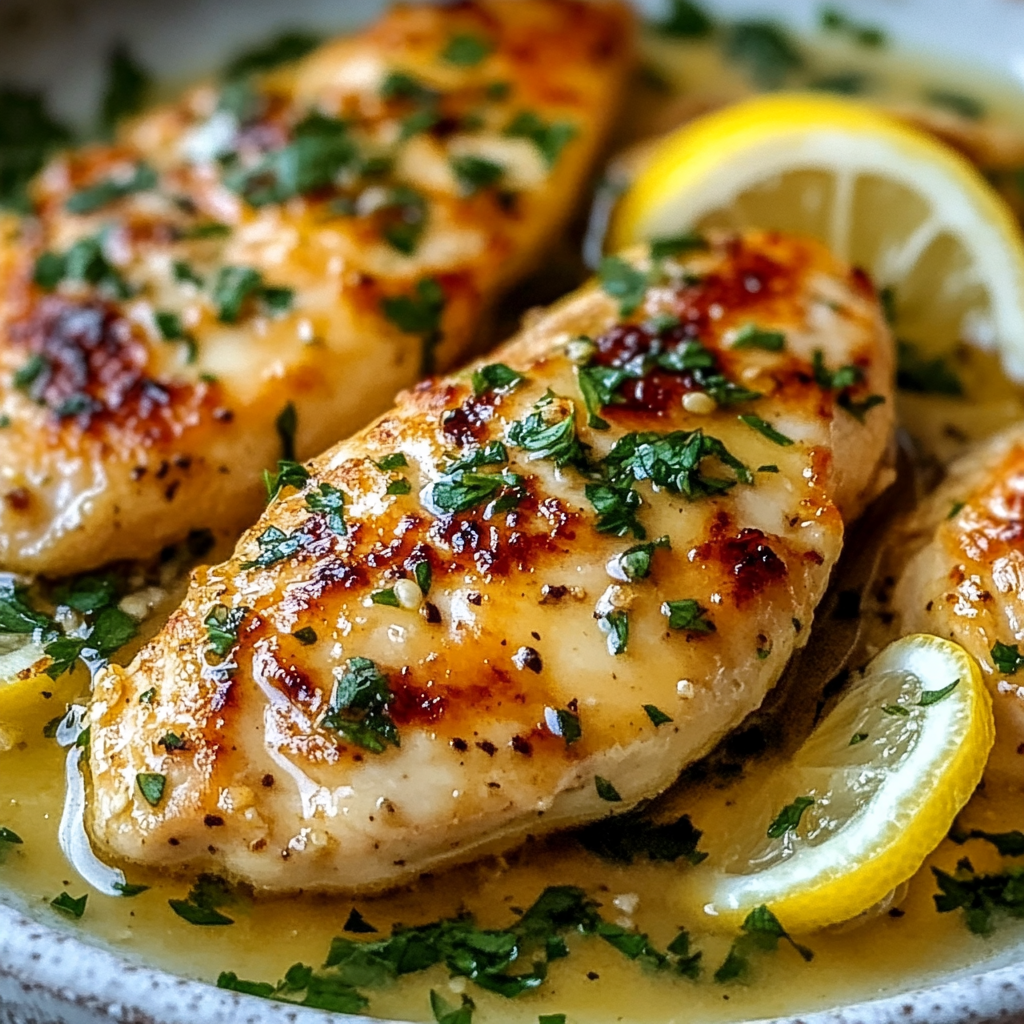
Key Ingredients and Substitutes
Making the best chicken piccata begins with the right ingredients—and knowing how to adapt when needed. This dish relies on a handful of simple items that, when combined, create layers of bright, savory, and buttery flavor. Let’s break down each one and explore some smart substitutions.
-
Chicken Breasts: Use boneless, skinless chicken breasts, sliced in half horizontally to create thin cutlets. This allows for quicker, more even cooking. Alternatively, chicken thighs can be used for a juicier option, though they may require slightly longer cooking time. For more on how chicken is used in cooking, visit the Wikipedia page on chicken as food.
-
Flour for Dredging: A light coating of all-purpose flour helps the chicken brown beautifully and gives the sauce something to cling to. For a gluten-free version, try almond flour or a gluten-free blend. This is an easy way to adapt the dish without losing texture.
-
Olive Oil & Butter: This combination is essential for building richness. Olive oil provides a higher smoke point for searing the chicken, while unsalted butter lends a velvety mouthfeel to the sauce. Always opt for quality oil—olive oil plays a central role in Mediterranean cooking and greatly impacts flavor.
-
Garlic: Just a few cloves of minced garlic add deep flavor. Don’t overcook it; sautéing until fragrant is enough. Garlic burns quickly, so keep your heat medium-low at this stage. Learn more about garlic’s culinary role here.
-
Chicken Broth: Use low-sodium chicken broth to control the salt content of the final dish. Homemade broth enhances the flavor even more. You can also swap in vegetable broth for a lighter taste, especially if you’re making a vegetarian version.
-
Lemon Juice & Zest: Fresh is best. Lemon juice brings the signature tang, while lemon zest offers aromatic complexity. Bottled juice can work in a pinch, but it lacks the brightness of fresh lemons. Not sure how lemon contributes to this dish nutritionally and culinarily? See the full lemon entry for insights.
-
Capers: These salty, tangy little buds give the sauce its classic Mediterranean twist. If capers aren’t available, you can substitute with finely chopped green olives or pickled shallots. Want to get creative with pasta side dishes that pair beautifully with piccata? Try this Pinterest board for pairing ideas.
-
Butter for Finishing: A final pat of unsalted butter stirred in at the end gives the sauce its signature silkiness. It emulsifies the broth and lemon juice, turning them into a creamy, glossy finish without any cream.
-
Fresh Parsley: A handful of chopped parsley adds freshness and color, balancing the rich and tangy elements of the dish. Parsley is more than just a garnish—learn about its nutritional benefits here.
-
Optional Garnishes: Lemon slices, Parmesan cheese, or even a sprinkle of chili flakes can enhance presentation and add subtle flavor tweaks.
These ingredients not only define the character of the dish but also offer plenty of room for customization, whether you’re going gluten-free, dairy-light, or just making do with what’s in your fridge.
How to Prepare the Chicken Piccata Step-by-Step
Mastering chicken piccata is easier than it looks, especially when you break it down into simple, sequential steps. This dish is all about layered flavors, achieved through smart cooking techniques and timing. Here’s how to do it like a pro.
1️⃣ Slice and Prepare the Chicken
Start with two large boneless, skinless chicken breasts. Slice each one in half horizontally to create four thin cutlets. This ensures even cooking and prevents dryness. If the cutlets are uneven, lightly pound them to a uniform thickness using a meat mallet or rolling pin.
-
Tip: Thin chicken cooks faster and browns more evenly, creating a better sear.
2️⃣ Season and Dredge
Sprinkle each cutlet generously with salt and pepper on both sides. Then, lightly dredge the chicken in all-purpose flour, shaking off any excess. This helps create that golden crust and lets the lemon sauce cling beautifully.
-
Want a gluten-free option? Use almond flour or a gluten-free baking blend instead.
3️⃣ Heat the Pan and Sear the Chicken
In a large skillet, heat 2 tablespoons of olive oil and 2 tablespoons of unsalted butter over medium-high heat. Once the butter is melted and bubbling, add the floured chicken cutlets.
Cook the chicken for 4 to 5 minutes per side, or until golden brown and fully cooked through. Don’t overcrowd the pan—work in batches if needed to avoid steaming the meat instead of searing it.
-
A properly browned crust adds texture and flavor. Avoid flipping too early—let each side develop that golden sear.
-
Want a side dish that complements this crispy texture? Browse this Pinterest board on pasta side dishes for ideas.
Once cooked, transfer the chicken to a plate and tent with foil to keep warm. This short resting period also allows juices to redistribute, keeping the meat tender.
4️⃣ Sauté the Garlic
Using the same skillet (don’t wipe it clean—those browned bits are gold), reduce the heat to medium and add 3 cloves of minced garlic. Sauté for about 30 seconds, just until fragrant.
-
Don’t let the garlic brown—it should be aromatic but not bitter.
-
Garlic’s role here is to enhance the sauce base. Need a refresher on why garlic is such a staple? Visit Wikipedia’s garlic page for history and health benefits.
How to Prepare the Chicken Piccata Step-by-Step
5️⃣ Deglaze the Pan and Build the Sauce
After the garlic becomes fragrant, pour in 1 cup of chicken broth, 1/4 cup of fresh lemon juice, and 1 tablespoon of lemon zest. Stir gently, scraping up any browned bits (also called fond) from the bottom of the pan. This step is essential—it adds depth and richness to the sauce.
-
Use a wooden spoon to gently loosen the fond. These caramelized bits are packed with umami and build flavor fast.
-
Not sure about lemon’s role in Italian dishes? Learn how it enhances flavor here.
6️⃣ Add Capers and Simmer
Add 1/4 cup of capers (rinsed and drained) to the pan. Let the mixture simmer gently for about 3 to 4 minutes, allowing it to reduce slightly and concentrate in flavor.
-
Capers bring that distinctive tangy-salty contrast. Want to explore capers in Mediterranean cooking? Check them out on Wikipedia.
-
If you prefer a milder sauce, reduce the quantity slightly or swap in chopped green olives.
7️⃣ Finish the Sauce with Butter
Reduce the heat to low and stir in 2 more tablespoons of unsalted butter. This finishes the sauce, giving it a glossy, luxurious texture. Stir until completely melted and incorporated.
-
This technique is called monter au beurre—a French term meaning “mount with butter.” It creates a creamy, emulsified finish without any cream.
-
For a deeper look into butter’s culinary role, explore its use in Italian cuisine.
8️⃣ Return Chicken and Reheat
Place the cooked chicken cutlets back into the pan. Spoon the sauce generously over each piece. Let it simmer gently for about 2 more minutes, just enough to warm the chicken and let it absorb the sauce flavors.
-
Don’t overcook at this stage—you want to reheat, not dry out the meat.
-
Want to make your plate pop? Check out this Pinterest board of lemon chicken dinner ideas for presentation inspiration.
9️⃣ Garnish and Serve
Remove the pan from heat. Sprinkle with 2 tablespoons of chopped fresh parsley and garnish with lemon slices if desired. The parsley adds a fresh, herbal brightness that perfectly contrasts with the buttery lemon sauce.
-
Curious about parsley’s history and culinary uses? Visit the Wikipedia page on parsley.
-
Serve immediately with pasta, rice, or veggies for a complete meal

What to Serve with Chicken Piccata
A beautifully prepared plate of chicken piccata deserves equally well-thought-out sides. Since the main dish is rich and tangy, pairing it with something light, starchy, or green will create the perfect balance of textures and flavors.
Here are some of the best sides to serve with your lemony chicken piccata:
-
Pasta: A classic choice. Serve with angel hair, spaghetti, or orzo. Toss it lightly in olive oil or a bit of the extra piccata sauce. You can find great inspiration for pasta side dishes on Pinterest.
-
Rice Pilaf or Risotto: These absorb the sauce beautifully. A light lemon risotto or herbed rice pairs particularly well with the buttery, citrusy flavors of the piccata.
-
Mashed or Roasted Potatoes: Their creaminess or crispiness provides contrast with the tangy sauce and juicy chicken.
-
Steamed or Roasted Vegetables: Think asparagus, broccoli, green beans, or zucchini. Lightly seasoned and roasted, these sides keep the meal fresh and nutritious.
-
Fresh Salad: A simple arugula or spinach salad with a lemon vinaigrette mirrors the brightness of the dish without competing with it.
You can find plated pairing ideas and garnishing tips on this Pinterest board of lemon chicken dinner ideas. Keep your plate colorful and complementary for the full experience.
Tips for Making the Best Chicken Piccata Every Time
Getting chicken piccata right is all about the little details. Here are expert-level tips to ensure your dish comes out restaurant-worthy every time:
-
Pound the chicken evenly: This ensures even cooking and tender texture. No one wants dry or rubbery meat.
-
Use fresh lemon juice and zest: Bottled juice lacks the fresh acidity and aroma that makes this dish sing.
-
Don’t overcrowd the pan: Give the cutlets space to brown properly. Overcrowding leads to steaming, not searing.
-
Deglaze properly: Scrape up those flavorful bits stuck to the pan after searing the chicken—they’re key to a rich sauce.
-
Finish with cold butter: Adding butter at the end emulsifies the sauce and gives it that silky restaurant-quality finish.
-
Use a stainless steel or cast iron skillet: These hold heat well and help achieve a better sear than non-stick pans.
-
Taste as you go: Adjust the lemon and salt to your liking. Some lemons are more tart than others.
Want more foolproof easy chicken recipes? Check out this collection on Pinterest to expand your weeknight menu.
Variations on the Classic Recipe
Chicken piccata is endlessly customizable. Here are some delicious twists on the classic that still retain its bold, citrusy personality:
-
Creamy Chicken Piccata: Add a splash of heavy cream or a spoonful of mascarpone to the sauce for a richer, more indulgent version.
-
Gluten-Free Chicken Piccata: Use gluten-free flour or cornstarch for dredging. Serve over gluten-free pasta or polenta.
-
Chicken Thigh Piccata: Thighs are juicier and more forgiving to cook, though they may take slightly longer.
-
Fish Piccata: Try it with tilapia, salmon, or cod. These lighter proteins take beautifully to lemony sauces.
-
Vegan Piccata: Use tofu or cauliflower steaks in place of chicken, and vegetable broth instead of chicken broth. Replace butter with plant-based margarine or olive oil.
Each version has its own charm and keeps the dish fresh and exciting. Pair them with your favorite side and fresh herbs for a modern take on a classic.
Make-Ahead and Storage Tips
Chicken piccata stores and reheats well, making it a great choice for meal prepping or next-day lunches. Here’s how to handle leftovers like a pro:
-
Storage: Keep leftovers in an airtight container in the fridge for up to 3 days. Store the sauce and chicken together to maintain flavor.
-
Reheating: Reheat gently on the stove over low heat. Add a splash of broth or water to rehydrate the sauce if it thickened in the fridge.
-
Freezing: While possible, freezing can slightly alter the texture of the chicken and separate the sauce. If you must freeze it, let it cool completely and store in a sealed container for up to 2 months.
-
Meal Prep Tip: Make extra sauce and store it separately to drizzle fresh over leftovers or pasta the next day.
Smart storage ensures you enjoy your delicious piccata more than once without sacrificing quality.
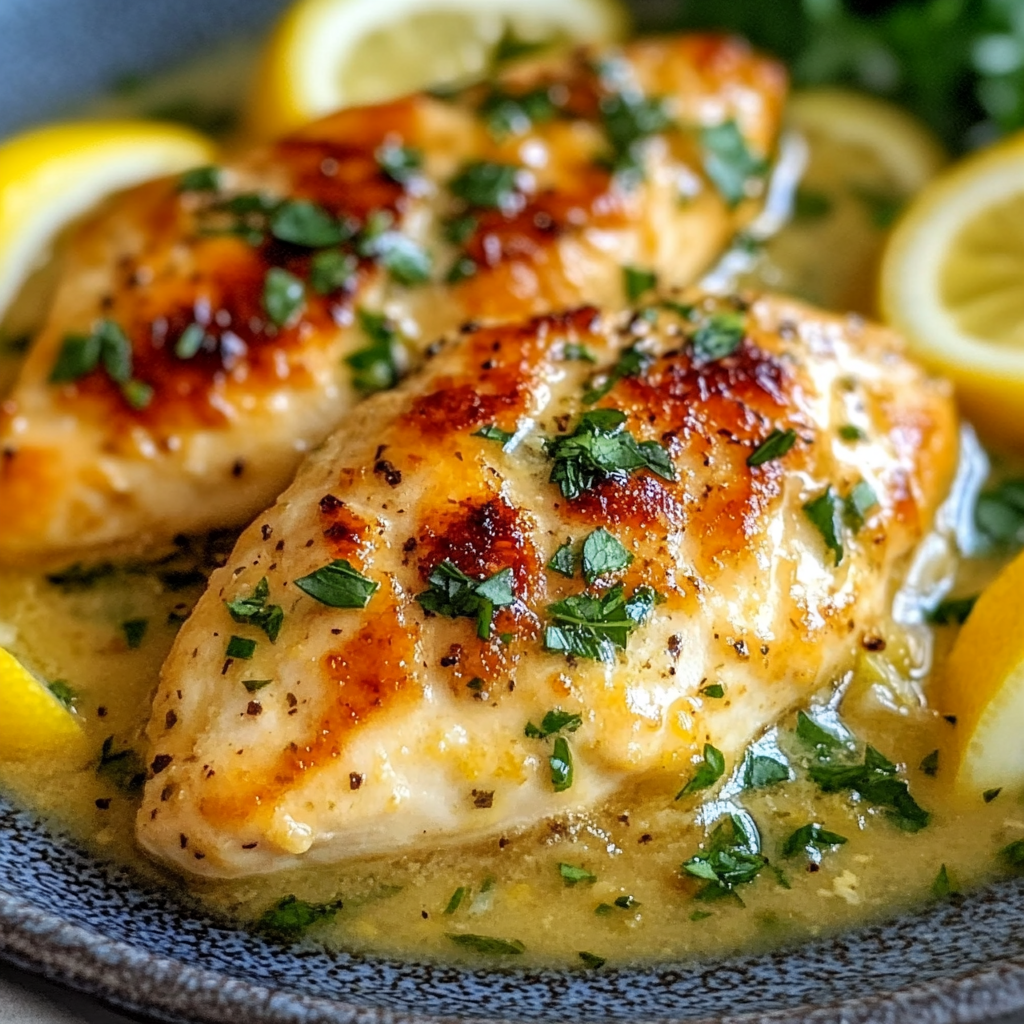
FAQs
Here are some of the most common questions people ask about chicken piccata:
What is chicken piccata sauce made of?
The sauce is a combination of chicken broth, lemon juice, capers, garlic, and butter. It’s finished with parsley and lemon zest for extra brightness.
Can I use bottled lemon juice instead of fresh?
Technically yes, but it’s highly recommended to use fresh lemon juice for the best flavor. Bottled juice can be too acidic and lack freshness.
Why is my piccata sauce too sour?
You may have used too much lemon juice or not balanced it with enough butter or broth. Add more butter or a pinch of sugar to mellow it out.
Can I make chicken piccata without capers?
Yes! While capers add a unique briny punch, you can substitute with green olives, pickled shallots, or omit them entirely.
Is chicken piccata healthy?
It depends. It’s generally low-carb, especially when served with veggies, but can be high in sodium and fat depending on how much butter and salt you use.
What wine goes best with chicken piccata?
A crisp white wine like Sauvignon Blanc, Pinot Grigio, or Chardonnay pairs well with the lemony sauce.
PrintThe Best Chicken Piccata Recipes with Lemon Sauce
This classic chicken piccata recipe features tender, pan-seared chicken cutlets in a buttery lemon garlic sauce, brightened with briny capers and fresh parsley. It’s the perfect blend of rich and refreshing flavors, ready in under 30 minutes for a restaurant-quality dinner at home. Serve it over pasta, rice, or vegetables for a satisfying, flavor-packed meal the whole family will love.
- Author: Clara
Ingredients
- 2 large boneless, skinless chicken breasts, halved horizontally (to make 4 cutlets)
- Salt and pepper, to taste
- 1/2 cup all-purpose flour (for dredging)
- 2 tablespoons olive oil
- 2 tablespoons unsalted butter
- 3 cloves garlic, minced
- 1 cup chicken broth
- 1/4 cup fresh lemon juice
- 1 tablespoon lemon zest
- 1/4 cup capers, drained
- 2 tablespoons unsalted butter (for finishing the sauce)
- 2 tablespoons chopped fresh parsley
- Lemon slices, for garnish (optional)
Instructions
Season both sides of the chicken cutlets with salt and pepper.
2️⃣ Dredge the chicken lightly in flour, shaking off any excess.
3️⃣ Heat olive oil and 2 tablespoons of butter in a large skillet over medium-high heat.
4️⃣ Add the chicken and cook for about 4–5 minutes per side, or until golden brown and cooked through. Transfer chicken to a plate and keep warm.
5️⃣ In the same skillet, add minced garlic and sauté for 30 seconds until fragrant.
6️⃣ Pour in the chicken broth, lemon juice, and lemon zest. Stir and bring to a simmer, scraping up any browned bits from the pan.
7️⃣ Add capers and simmer for another 3–4 minutes to reduce the sauce slightly.
8️⃣ Stir in the remaining 2 tablespoons of butter to finish the sauce and make it silky.
9️⃣ Return the chicken to the pan and spoon sauce over the top. Simmer for 2 more minutes to reheat the chicken.
1️⃣0️⃣ Garnish with fresh parsley and lemon slices if desired. Serve immediately.
Notes
-
For the best flavor, always use fresh lemon juice and zest.
-
Use a mix of olive oil and butter to get the golden crust without burning.
-
Don’t skip the capers—they add essential saltiness and complexity.
-
Make extra sauce to spoon over sides like pasta or roasted potatoes.
-
This dish works great for date nights, dinner parties, or meal prep lunches.
-
Experiment with variations like creamy or vegan options for new spins on the classic.


